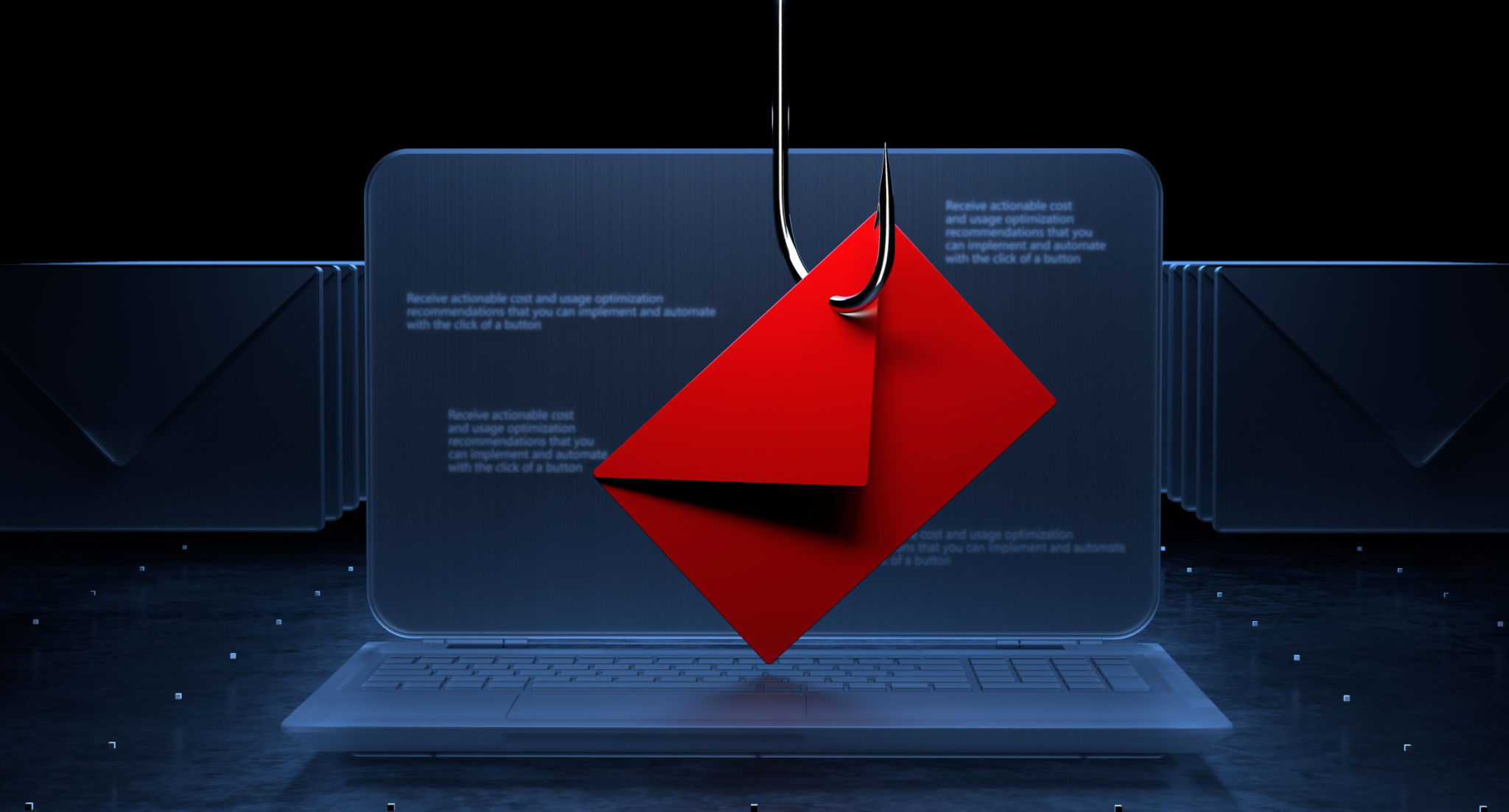Understanding Your Email Sending Score: What It Means and How to Optimize It
Understanding Your Email Sending Score
In the world of digital marketing, email remains a powerful tool for reaching your audience. However, the effectiveness of your email campaigns can be significantly impacted by your email sending score. This metric plays a crucial role in determining how your emails are perceived by email service providers and whether they land in the inbox or the dreaded spam folder.

What is an Email Sending Score?
Your email sending score, also known as sender score, is a reputation rating assigned to your email sending domain or IP address. This score typically ranges from 0 to 100, with higher scores indicating a better reputation. It is calculated based on various factors such as email volume, complaint rates, and bounce rates.
Email service providers use this score to assess the trustworthiness of your emails. A high sending score suggests that your emails are legitimate and welcomed by recipients, whereas a low score may result in your emails being filtered into spam folders or even blocked altogether.
Factors Affecting Your Email Sending Score
Several elements contribute to your email sending score, and understanding them is key to optimizing it. Here are some common factors:
- Complaint Rate: The number of recipients marking your emails as spam.
- Bounce Rate: The rate at which your emails are undeliverable.
- Sending Volume: The frequency and quantity of emails sent.
- Engagement: How recipients interact with your emails, such as open and click rates.

How to Optimize Your Email Sending Score
To improve your email sending score, it’s essential to focus on several best practices:
- Build a Quality Email List: Ensure that your email list comprises engaged subscribers who have opted in to receive your communications.
- Monitor Metrics: Regularly track your complaint and bounce rates. Aim for low percentages to maintain a healthy sending score.
- Send Relevant Content: Tailor your emails to suit the preferences and interests of your audience to boost engagement.
Additionally, consider using dedicated IP addresses for different types of email communications, which can help manage reputation more effectively.
The Role of Authentication
Email authentication protocols like SPF, DKIM, and DMARC play a significant role in maintaining a good sending score. These protocols help verify that your emails are genuinely from you, reducing the likelihood of them being treated as spam.

By setting up these authentication measures correctly, you not only protect your domain but also enhance your email deliverability and sender reputation.
Regularly Review and Adjust Strategies
The digital landscape is constantly evolving, and so should your email strategies. Regularly reviewing the performance of your campaigns and making necessary adjustments will ensure that you continue to maintain a strong email sending score.
Your email sending score is an integral part of successful email marketing. By understanding its components and actively working to improve it, you can enhance your email deliverability and overall campaign effectiveness.